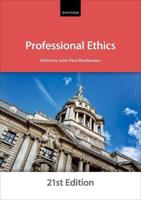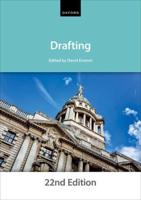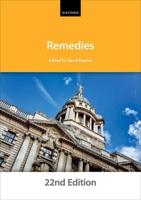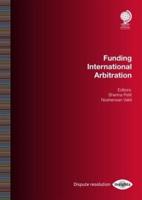Publisher's Synopsis
Excerpt from The Patentee's Manual: A Treatise on the Law and Practice of Patents for Inventions, With an Appendix of Statutes, Rules, and Foreign and Colonial Patent Laws, International Convention and Protocol
IN preparing the Sixth Edition of this Work for the press, considerable changes have/been made both by way of enlargement and in the arrangement of the matter. The provisions of three supplementary Acts of Parliament and of four new sets of official Rules, now consolidated with the previous Rules, have been noticed, whilst numerous decisions of the Courts during the last six years, many of which have an important bearing on the Law of Patents, have been cited. Several chapters have been divided with a view to a fuller and more convenient treatment of the subjects, and additional chapters on other branches of the law have been introduced. Every page has undergone careful revision, and no pains have been spared to render the treatise one that patentees and inventors may consult with confidence as a trustworthy exposition of that branch of law with which their interests are most closely con cerned. It may be added, that although the treatise was originally written especially for their use, the authors ven ture to think that in its enlarged form it may deserve the notice of the legal profession, since the large experience of one of them in obtaining Patents, and in the conduct of litigation arising out of Patents for forty years, has been turned to account in the production of the volume.
About the Publisher
Forgotten Books publishes hundreds of thousands of rare and classic books. Find more at www.forgottenbooks.com
This book is a reproduction of an important historical work. Forgotten Books uses state-of-the-art technology to digitally reconstruct the work, preserving the original format whilst repairing imperfections present in the aged copy. In rare cases, an imperfection in the original, such as a blemish or missing page, may be replicated in our edition. We do, however, repair the vast majority of imperfections successfully; any imperfections that remain are intentionally left to preserve the state of such historical works.










